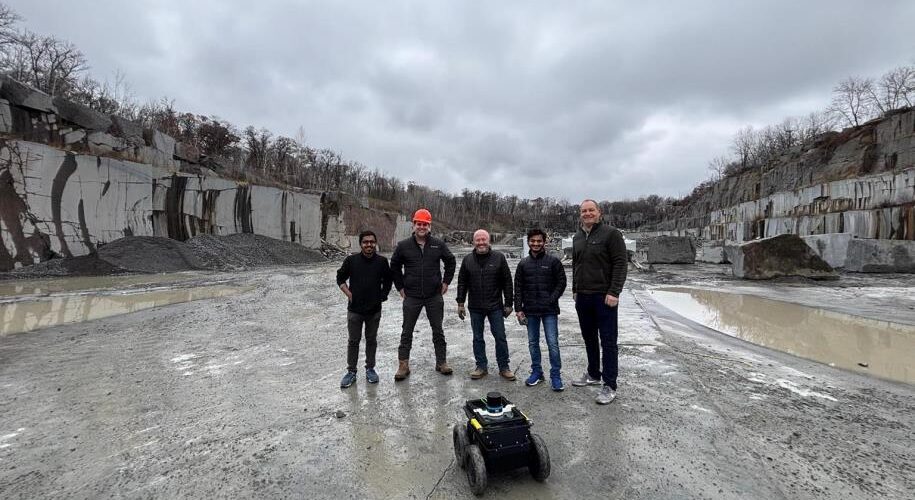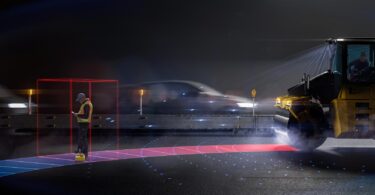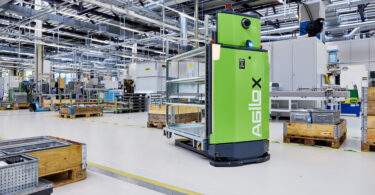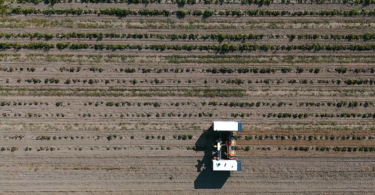Students Push the Boundaries of LiDAR Technology in University Competition
The future of autonomous robotics and LiDAR technology was on full display at the 2025 SICK$10K Challenge, where 15 teams from 13 different schools competed for a total of $18,000 in prizes. This unique engineering contest, hosted by SICK, challenged students to develop innovative solutions using LiDAR technology while demonstrating commercial potential, creativity, and real-world problem-solving capabilities.
About the SICK$10K Challenge
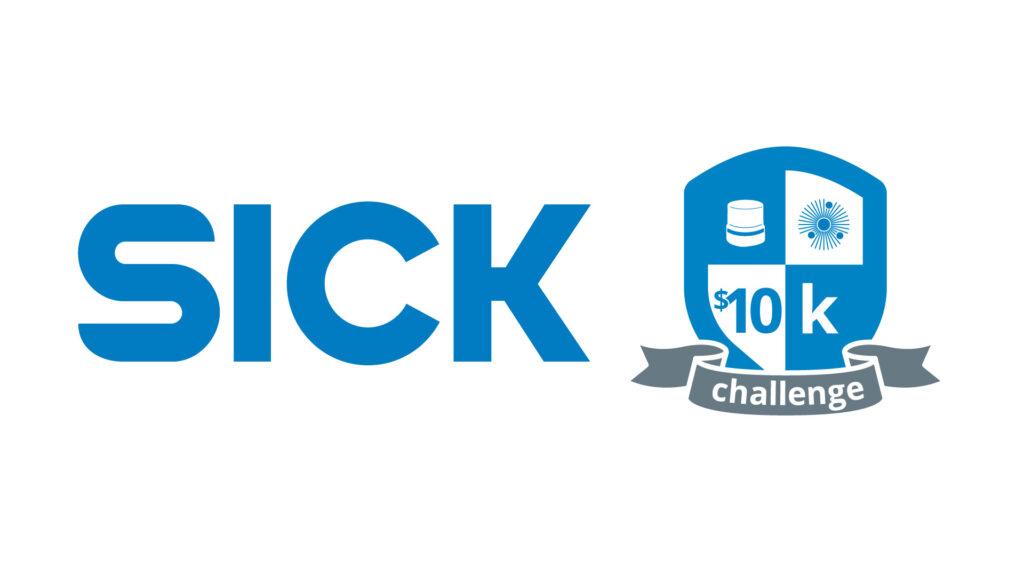
The SICK$10K Challenge represents more than just a competition—it's a platform for nurturing the next generation of engineers and entrepreneurs. As a global leader in sensor technology with operations spanning Italy, Japan, Sweden, Germany, USA, Hungary, Malaysia, Singapore, and China, SICK has created this contest to bridge the gap between academic learning and commercial innovation.
The challenge evaluates projects based on six critical criteria:
- Commercial Potential: Market viability and business prospects
- Reporting: Clear documentation and presentation quality
- Entrepreneurship: Business acumen and strategic thinking
- Ability to Solve Customer Problems: Real-world application and value
- Creativity and Innovation: Original thinking and novel approaches
- Inventive Use of LiDAR: Technical excellence in sensor integration
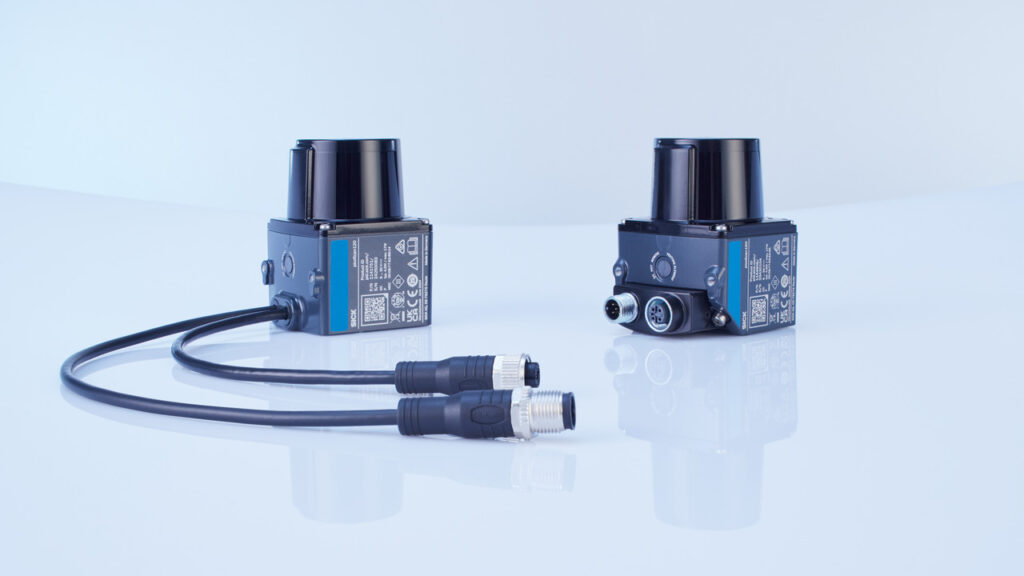
A Diverse Range of Solutions
This year's submissions showcased the incredible versatility of LiDAR technology across multiple sectors. Teams developed solutions addressing environmental challenges, workplace automation, infrastructure monitoring, and future transportation needs.
Environmental Solutions
Several teams focused on planetary stewardship with projects like autonomous river cleaning robots capable of filtering microplastics, beach shore cleaning systems, and precision weeding robots for sustainable agriculture.
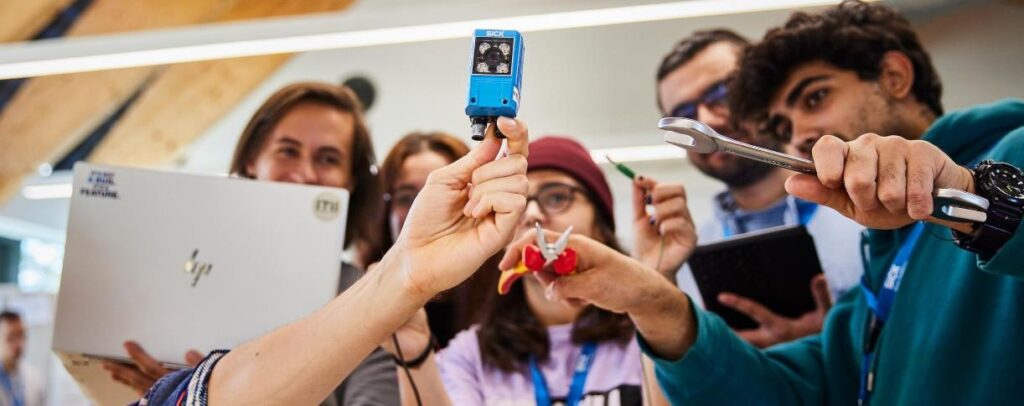
Workplace Automation
Other innovative projects tackled labor-intensive tasks, including autonomous floor cleaning robots for laboratory environments, campus delivery systems, underground mine inspection robots, and warehouse inventory management solutions.
Advanced Applications
Teams also explored cutting-edge uses of LiDAR technology for infrastructure crack detection, wildlife monitoring at power substations, automated trailer loading optimization, and damage inspection systems for logistics.
The Winners: Excellence in Innovation
After rigorous evaluation, three exceptional projects emerged as winners, each representing a different approach to solving real-world challenges with LiDAR technology.
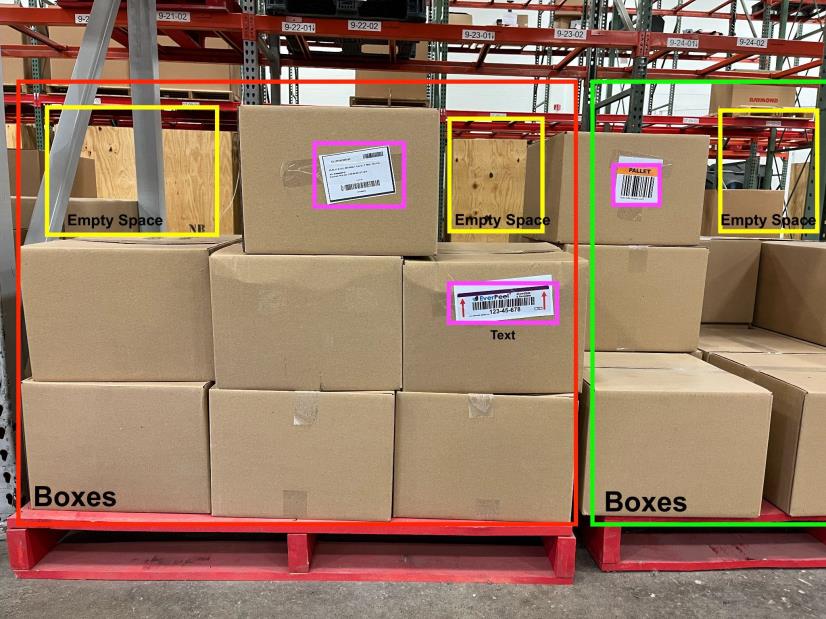
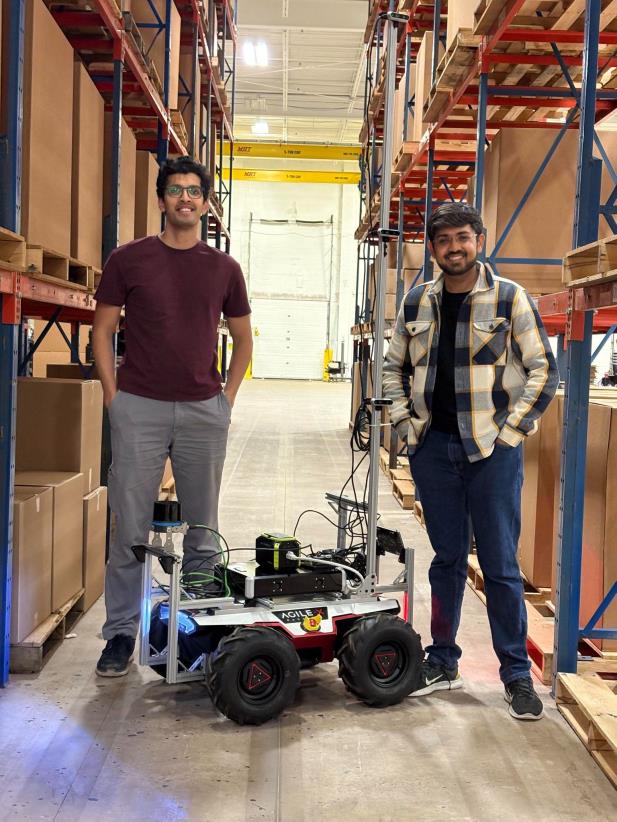
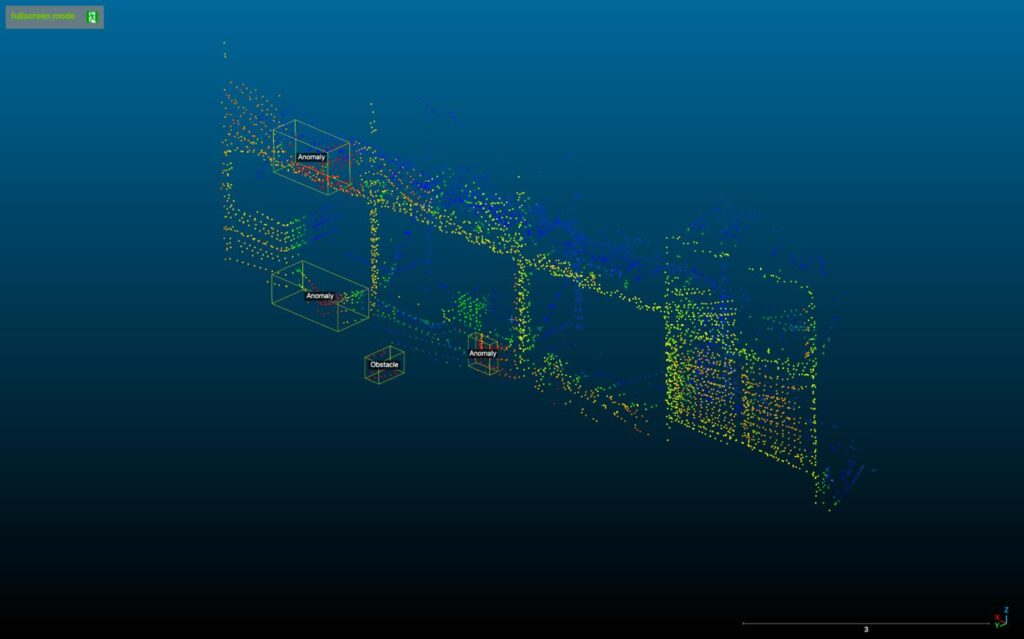
🥉 Third Place: NIMBUS – $3,000
University of Pennsylvania
Team Members: Thanh Ly, Kevin Paulose, Tejandra Patel, Aditya Rangamani
Advisor: Rahul Mangharam
Described as “Enlightening, Innovative, and Market Ready,” NIMBUS is an autonomous warehouse inventory and surveillance robot that transforms how businesses manage their storage facilities. This sophisticated system provides automated inventory monitoring while enhancing space utilization and improving workplace safety.
The robot leverages LiDAR technology for comprehensive 3D warehouse mapping, collision avoidance, and obstacle detection. Its ability to identify anomalies makes it invaluable for both inventory management and security applications, addressing two critical business needs with a single solution.

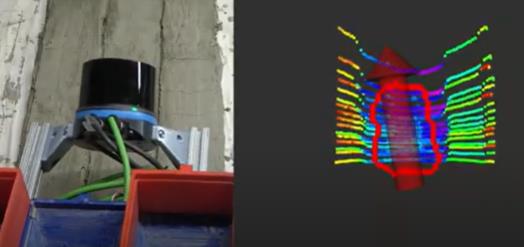
🥈 Second Place: PRIMO – $5,000
Worcester Polytechnic Institute Team 2
Team Members: Agheli Hajiabadi, Warwick Barker, Colin McGinty, Luke Sanneman, Marc Wehbe
Advisor: Mahdi Mohammad
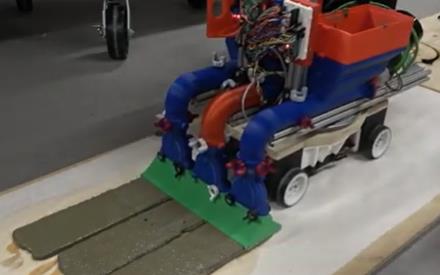
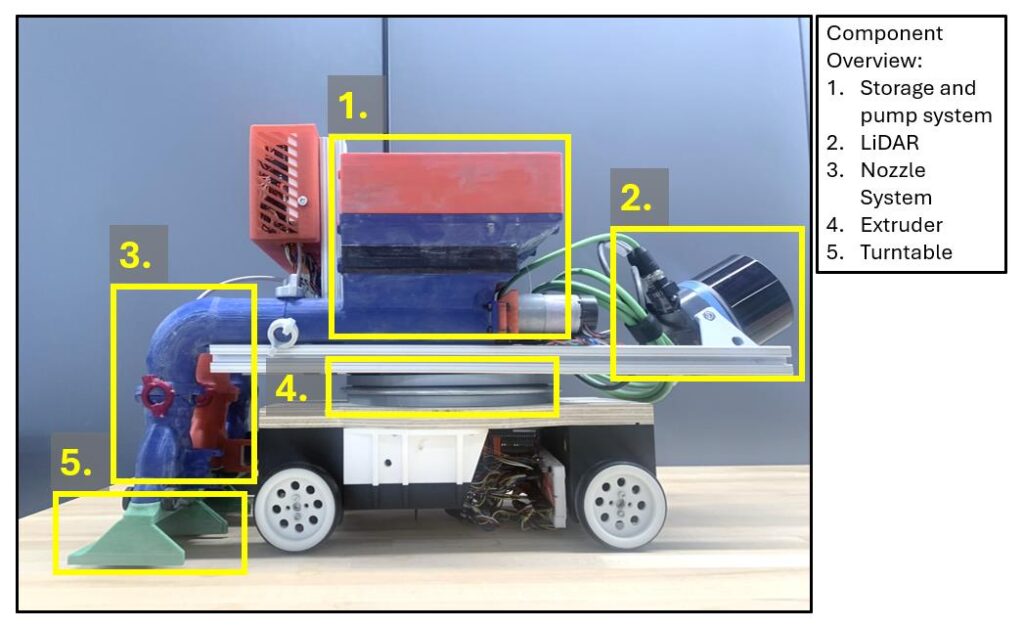
Recognized as “Mega 3D Printing, Disruptive, and Complete,” PRIMO represents a breakthrough in construction automation. This small wheeled robot is designed to use construction materials for 3D printing rectangular floor plans, potentially revolutionizing how we approach building construction.
The system uses LiDAR for detecting printed edges and uneven terrain, allowing it to adjust its printing strategy in real-time. This adaptive capability ensures precision and quality in the construction process, making PRIMO a truly disruptive technology in the construction industry.
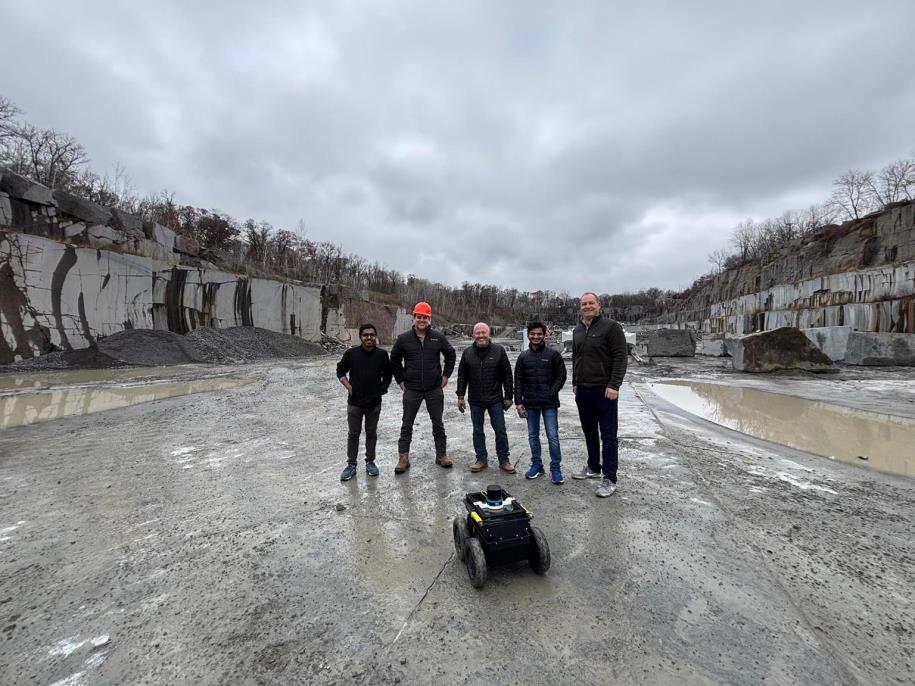
🥇 First Place: SICK-MINE-GUARD – $10,000 + Award Trip
University of Minnesota
Team Members: Abhishek Chaudhari, Sujendra Ramesh
Advisor: Ajay Kumar Gurumadaiah
Taking home the top prize with recognition as “Ski-U-Mah! Dirty Job Goes High Tech, Well Researched,” SICK-MINE-GUARD addresses critical safety challenges in underground mining operations. This autonomous robot performs mine shaft inspections for compliance checks and hazard mitigation—a task that's both dangerous and essential for mining safety.

The system utilizes LiDAR for obstacle avoidance and 360-degree mine shaft inspection, providing comprehensive safety monitoring in hazardous environments. By automating these inspections, SICK-MINE-GUARD not only improves worker safety but also ensures more consistent and thorough compliance monitoring.
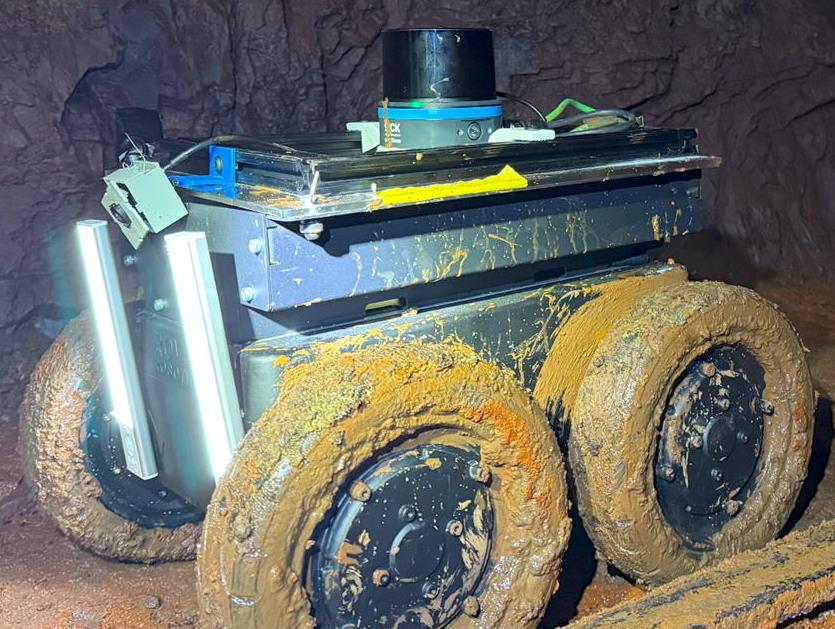
Legacy of Innovation
The SICK$10K Challenge builds upon a strong foundation of past successes. Previous winners have gone on to achieve remarkable milestones, including the 2020 WPI RoadGnar team that raised seed capital to incorporate their own company, Cyvl.AI, focusing on road condition mapping technology.
This track record demonstrates the contest's effectiveness in nurturing not just academic excellence, but genuine entrepreneurial success. The combination of technical innovation, business acumen, and real-world problem-solving creates a powerful foundation for future commercial ventures.
Looking Ahead: 2026 North America Hackathon

Building on the success of the SICK$10K Challenge, SICK announced the upcoming 2026 SICK North America Hackathon, scheduled for summer 2026 in Minneapolis, Minnesota. This multi-day intensive event will offer participants networking opportunities, professional challenges, expert guidance, and access to cutting-edge technologies.
The hackathon promises to provide valuable benefits including professional networking, career insights, hands-on experience with advanced technologies, and opportunities for recognition within the engineering community.
The Impact of Student Innovation
The 2025 SICK$10K Challenge demonstrates the incredible potential that emerges when students are given access to advanced technology and challenged to solve real-world problems. From environmental stewardship to workplace safety, from construction automation to warehouse management, these young engineers are developing solutions that could shape the future of multiple industries.
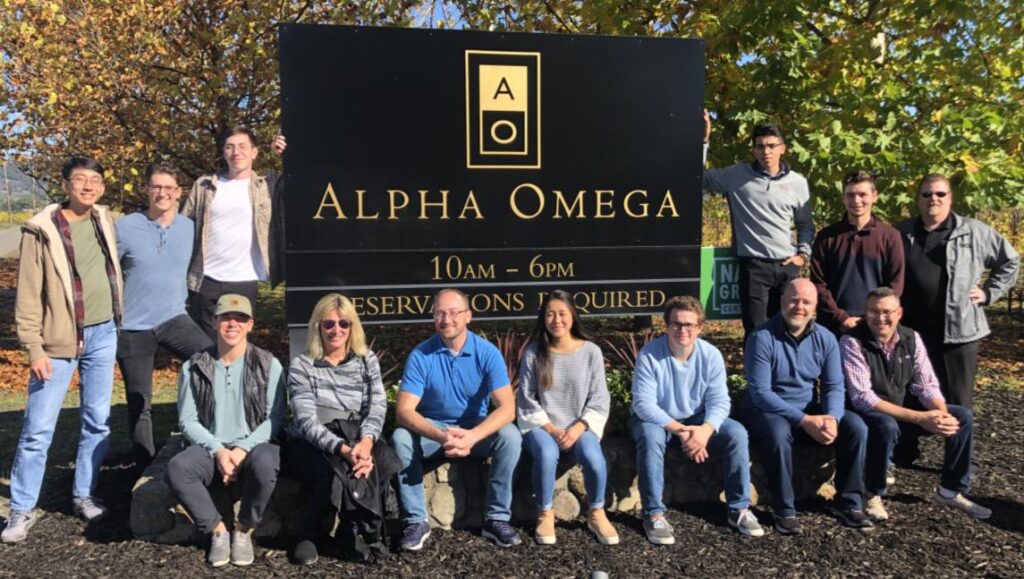
The diversity of applications—spanning environmental cleanup, industrial automation, infrastructure monitoring, and safety systems—showcases LiDAR technology's versatility and the creative problem-solving capabilities of today's engineering students.
As we celebrate these winners and all participants, we're reminded that the future of engineering lies not just in technological advancement, but in the innovative spirit of those who dare to imagine new solutions to old problems. The SICK$10K Challenge continues to serve as a crucial bridge between academic learning and commercial innovation, fostering the next generation of engineering leaders.
Congratulations to all winners and participants in the 2025 SICK$10K Challenge! Your innovations today are building tomorrow's solutions.


